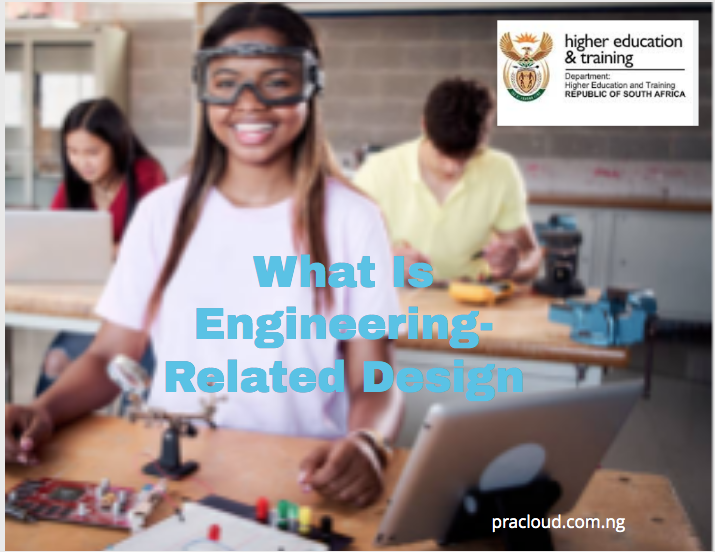What Is Engineering-Related Design
What Is Engineering-Related Design
What Is Engineering-Related Design
Engineering-related design is the creative and analytical process through which engineers develop solutions to real-world problems. It combines scientific knowledge, technical skills, and practical thinking to design systems, structures, products, or processes that meet specific needs. At its core, this type of design is about making ideas functional, transforming concepts into tangible outcomes that are safe, efficient, and sustainable.
Unlike artistic design, which often focuses on aesthetics and expression, engineering design is driven by function, performance, and constraints such as cost, safety, and environmental impact. Engineers must consider multiple factors, such as materials, manufacturing methods, user requirements, and applicable standards or regulations, when developing a solution. This makes engineering-related design both a creative and highly structured process.
The process generally begins with identifying a problem or need. Engineers then gather information, brainstorm possible solutions, and evaluate each one based on a set of criteria. Prototypes or models are often developed and tested to refine the design before it is finalized and implemented. This iterative approach helps ensure that the final product not only solves the problem but does so effectively and efficiently.
Engineering-related design is present in nearly every aspect of our lives, from the cars we drive and the bridges we cross to the phones we use and the medical devices that save lives. It plays a vital role in innovation, as engineers push the boundaries of what’s possible to create better tools, systems, and technologies.
What Is Engineering-Related Design
At Levels 2, 3, and 4 of the NQF, there is a curriculum called the National Certificate (Engineering & Related Design). The goal of this curriculum is to teach engineering and related design theory and practice. A real workplace or a simulated workplace environment will be used for the practical study component. It will give kids the chance to experience real-world employment settings while they are still in school
What Are The Minimum Entry Requirements for The Programme
For entry into the National Certificate (Engineering & Related Design) at NQF Level 2, you require:
- A year-end school report for grade 9, 10, 11, or 12 certificate; or
- An NQF Level 1 qualification; or
- An approved bridging programme designed for the specific purpose of accessing NQF Level 2; or
- A Recognition of Prior Learning (RPL) assessment to meet the basic requirements for access to the NQF Level
Engineering Related Design
FUNDAMENTAL SUBJECT:
Language, which must be the language of teaching and learning
- Mathematics
- Life-Orientation
Engineering Related Design
VOCATIONAL Course:
- Engineering Fundamentals
- Engineering Technology
- Fitting and Turning
- Automotive Repair & Maintenance
- Engineering Fabrication
- Engineering Graphics & Design
- Engineering Processes
- Engineering Practice and Maintenance
- Materials Technology
Certificate After Completion of Engineering-Related Design
After completion of the courses, the Candidate will receive the following: Level 2 – 4: A National Certificate (Vocational) in Engineering and Related Design
Career Opportunities After Completion of Engineering-Related Design
- Apprenticeship
- Qualified Artisan
- Semi-Skilled Worker
- Operator
- Admission Requirements
- Grade 9 or equivalent qualification
Useful Links






